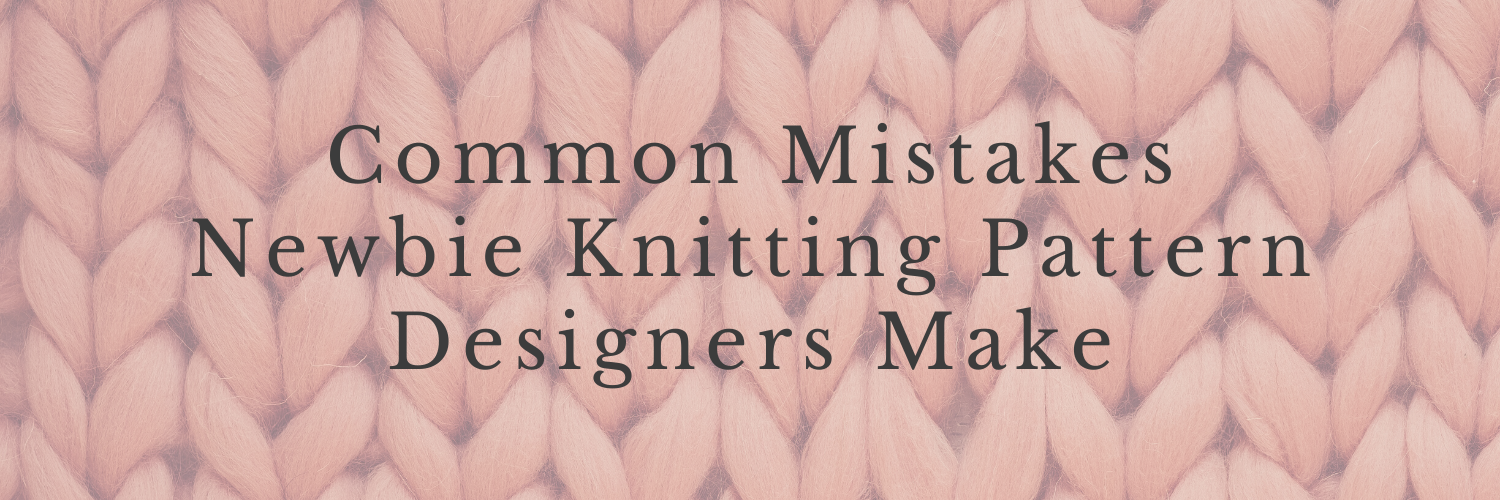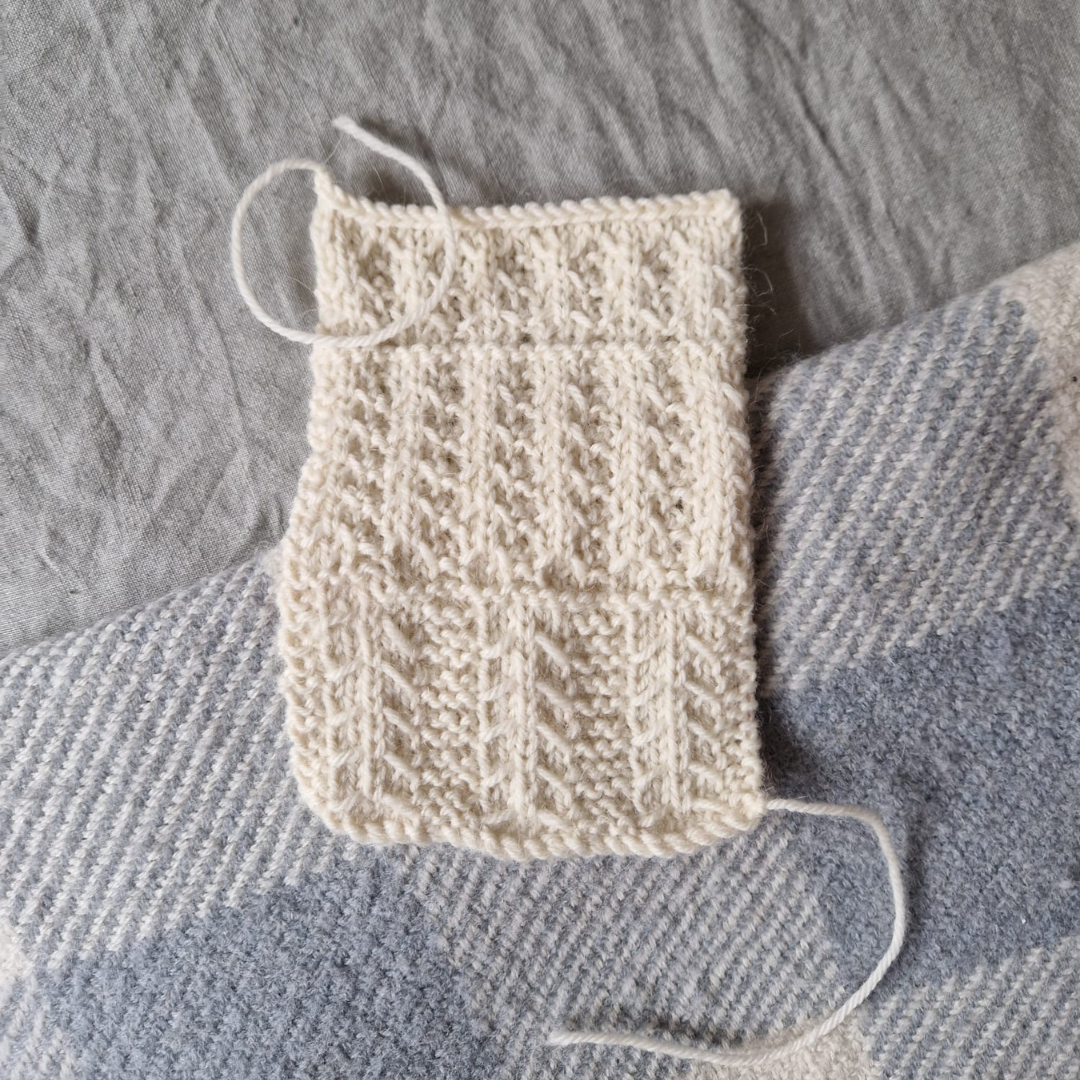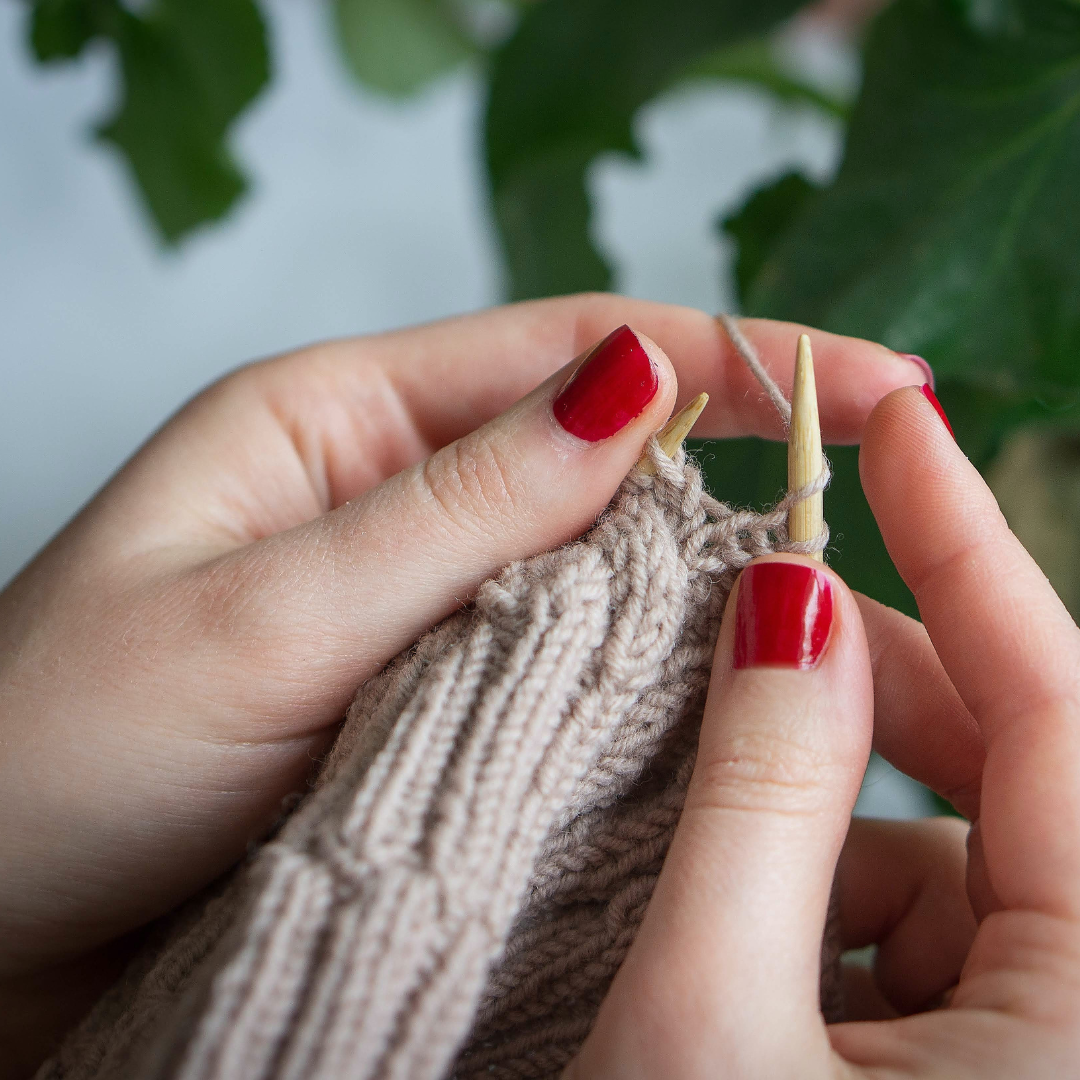7 Common Mistakes Newbie Knitting Pattern Designers Make and How to Avoid Them
This month, Sister Mountain turned 3! In that time, I have designed 17 knitting patterns and learned a ton along the way.
To celebrate this milestone, I’d like to share some of the mistakes I have made and observed so far. Learn from these and you’ll be off to a good start on your own knitting pattern design journey!
1. You only offer your patterns in one size
If your pattern is designed to fit a body, you must offer your patterns in a selection of sizes to fit varying bodies - even if it’s a hat or a pair of socks.
I know that grading knitting patterns into multiple sizes is intimidating, but it’s absolutely necessary if you are going to design things to wear. I have created some free online resources to help you get started with grading garment patterns and with the right size chart, these resources can be applied to accessories too.
2. Your yarn and stitch are not a good match
If you are working with a fancy yarn (something with a lot of colour variation or halo) it is unlikely to work well with a textured stitch. Fancy yarns draw all of the attention away from the stitch.
This is something I learned the hard way when I worked as a swatch designer in the commercial knitwear industry. I remember spending a few hours machine-knitting a heavily cabled swatch (essentially, a mini-prototype of a garment) in a space-dyed jersey yarn. I thought it was going to be beautiful, however, I was disappointed with the result because the yarn hid all of my beautiful stitch work.
If you are designing a pattern with lots of texture, stick to relatively solid-coloured yarns with plenty of stitch definition. Save the fancy yarns for colourwork designs or simple stockinette.
3. Your yarn is discontinued
If you are purchasing your own yarn to design with, it is very tempting to try and save some money by buying discontinued yarn on sale.
You might be surprised by how many makers want to knit the pattern in the yarn you designed it in. If that yarn is unavailable (or it’s a yarn that is very challenging to source), it might stop them from buying the pattern.
Likewise, the yarn company is more likely to promote your pattern to their own community if your yarn is available to purchase. If it is discontinued, it is extremely unlikely that they will do anything to promote your pattern to their customers because it is of no use to them.
You can just about get away with using a discontinued colour (although I wouldn’t necessarily recommend it!) but designing in a discontinued yarn is a big no-no.
4. You didn’t take notes of any changes or design choices during the sample knitting process
My preferred method is to write my entire pattern before I even start knitting. When I knit the sample, it is almost like I’m the first test knitter. I will edit the pattern as I spot mistakes or change my mind on certain details. The pattern is a living breathing document that changes throughout the sample knitting process. This means that I pick up on things that my tech editor would have otherwise found too.
I know that this approach to design doesn’t suit everyone though. Some designers feel much more creative and comfortable designing whilst they knit the sample - and that is totally fine! There is no right or wrong way to approach this.
If you are designing as you knit, do NOT make the mistake of knitting your whole sample assuming that you will remember what you did. You won’t! Even vague notes won’t help you. Write detailed notes that leave no room for questioning. You will thank yourself afterwards.
5. You did not consider how your stitch will affect sizing
If you are trying to design a pattern in multiple sizes, you must consider how your pattern repeat will work with each size.
A large pattern repeat will be challenging to use all over the garment, especially when your sizing increments are small. It is better to use a smaller pattern repeat for an all-over stitch and use those larger pattern repeats in panels instead.
It’s important to think about how a stitch will look on different body sizes. Lots of designers use the same stitch panels for every size. These panels are often based on how it will look on the smaller sizes, not thinking about how it will look on the larger sizes.
This can often result in a lot of “negative space” around the stitch panels in larger sizes. In order to keep the same visual proportions on your garment, you need to grade the stitches too.
I made this mistake when designing my Hay Sweater. It didn’t occur to me to grade those stitch panels at the sides and now, I really wish I had because they would have been more impactful across all of the sizes.
6. You didn’t use a tech editor
Especially when you’re starting out, it can be very tempting to skip tech editing in order to save money.
Start as you mean to go on. Starting with a messy pattern with errors will stop makers wanting to come back for more patterns from you in the future. I’m not going to tell you to use a tech editor on your first pattern if you absolutely can’t afford it, but if you can stretch to it, please do.
Most knitting pattern designers would agree that tech editing is one of the most important steps in the pattern writing process. It will make your pattern SO much better from a user experience point of view and will save you a lot of time in pattern support queries.
7. You didn’t charge enough/at all for your pattern
Knitting pattern pricing is a big problem at the moment. It means that knitting pattern designers are chronically underpaid for the work that they do.
You might spend over 100 hours on a pattern and, especially in the beginning, sell very little. If you’re only charging £3 for a pattern or even worse, offering it for free, you are doing yourself a massive disservice.
Free Patterns
I am not against free patterns, but I strongly believe that you must have a strategy behind it.
When I was just starting out, I designed two accessory patterns to give away as a freebie when people signed up to receive my newsletter. The intention was to build my email list full of people who liked my style of design and would potentially buy paid knitting patterns in the future. It made sense to offer them for free.
Now that I’m no longer building my email list using those patterns, I am unsure what to do with them. They are currently available as a free download on Ravelry, however, I may start charging for them in the future.
How much should you charge for a pattern?
I don’t want to see any of you charging less than £5 for a pattern - and that really should be for a small and simple accessory. Don’t be afraid of going much higher than that for a more complicated, time-intensive design such as a garment.
Tiered Pricing
I understand that talking about charging what your patterns are worth opens up an important conversation about privilege and financial accessibility.
I really like the strategy that some designers have used by offering tiered pricing - it means that your patterns can be priced what they’re worth whilst still remaining accessible to those on low incomes. Frenchie from Aroha Knits was the first designer I saw using this and I think it’s a really cool pricing model. I am considering using this model in the future.
It’s All Part of the Process
Don’t be disheartened if you’ve made any of these mistakes - I don’t share them to shame you. I’ve made so many of them myself! But I do hope that by sharing them with you, it will inspire you to improve your patterns, grow your skills and know your worth.
We are all a work in progress when it comes to this stuff. Mistakes are an important part of the process and, as long as we learn from then, they make us into better knitting pattern designers!
Discussion
What mistakes have you made as a new knitting pattern designer that you have learned from? Share them in the comments section below! We’ve all been there.













